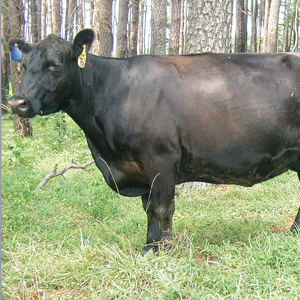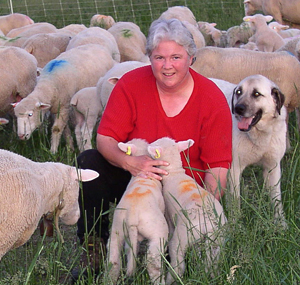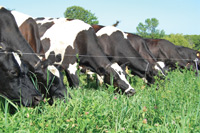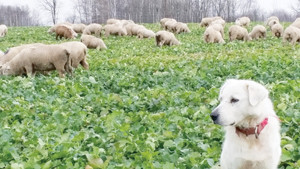By Allen Williams, Ph.D.
The grassfed beef sector has expanded rapidly over the past decade, ballooning from less than $40 million in domestic retail sales value in 2005 to $550 million in 2015. Annual sales growth of grassfed beef averaged 25-30% over the period.
Interest in “100% grassfed” dairy is also taking off, with the sector poised to experience the same exponential growth as grassfed beef. This brings up a few questions.
What can people who want to develop a vibrant grassfed dairy sector learn from the grassfed beef sector? What are the similarities? What are the contrasts? Continue reading “The similarities of grassfed beef and dairy”






